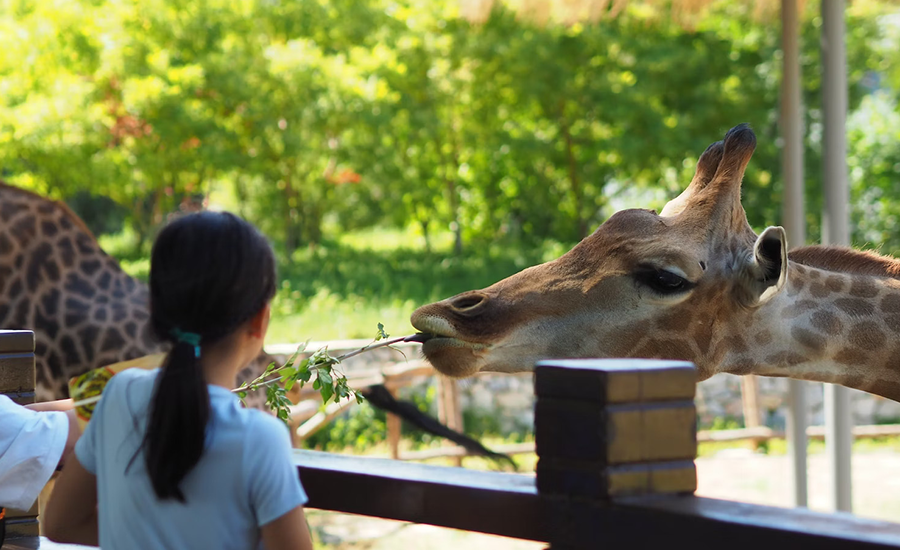The Central Zoo Authority of India (CZA) plays a crucial role in the conservation and welfare of wildlife in the country. Established in 1992 under the Wildlife (Protection) Act, the CZA has been instrumental in regulating and supervising zoos across India. Over the years, it has implemented various laws and initiatives to ensure the well-being of animals, promote conservation, and enhance visitor experiences.
1. Inception and Regulation:
The Central Zoo Authority of India was established to enforce the standards and guidelines for the operation and management of zoos. It works under the aegis of the Ministry of Environment, Forest, and Climate Change. The CZA is responsible for granting recognition to zoos, monitoring their functioning, and providing guidance to improve animal care, welfare, and conservation.
2. Laws and Regulations:
The CZA has introduced several laws and regulations to ensure the welfare and protection of animals in zoos. Some notable initiatives include:
a. Recognition of Zoos: The CZA introduced the Recognition of Zoos Rules in 1992, which outline the minimum standards and guidelines for zoos to obtain recognition. This law ensures that zoos maintain proper infrastructure, animal welfare measures, and conservation programs.
b. Wildlife (Protection) Act Amendments: The CZA played a crucial role in advocating for amendments to the Wildlife (Protection) Act in 1991 and 2002. These amendments strengthened the legal framework for wildlife conservation, including stricter penalties for wildlife crimes and better protection for endangered species.
c. Guidelines for Zoo Management: The CZA has issued comprehensive guidelines for zoo management, focusing on animal care, enclosures, nutrition, veterinary care, and enrichment activities. These guidelines help ensure that animals in zoos receive adequate care and live in conditions that mimic their natural habitats as closely as possible.
3. Attractive Initiatives and Conservation Efforts:
The CZA has implemented several initiatives to enhance animal welfare, conservation, and visitor experiences. Some noteworthy initiatives include:
a. Animal Adoption Programs: The CZA encourages public participation in animal welfare through adoption programs. Individuals or organizations can adopt animals in zoos, providing financial support for their care and conservation efforts.
b. Conservation Breeding Programs: The CZA supports and coordinates captive breeding programs for endangered species. These programs aim to increase the population of rare and threatened species, with successful examples including the breeding of Bengal tigers, Asiatic lions, and Indian rhinoceroses.
c. Wildlife Rescue and Rehabilitation: The CZA has collaborated with various organizations and zoos to rescue and rehabilitate animals, including those affected by natural disasters or illegal wildlife trade. These efforts have saved and rehabilitated numerous animals, helping them return to their natural habitats.
4. Future Outlook:
The Central Zoo Authority of India continues to evolve and adapt to meet the challenges of wildlife conservation and animal welfare. It aims to further strengthen the regulatory framework for zoos and enhance conservation efforts. Future focus areas include:
a. Capacity Building: The CZA plans to enhance the knowledge and skills of zoo personnel through training programs, workshops, and collaborations with national and international organizations.
b. Public Awareness and Education: The CZA aims to raise public awareness about wildlife conservation and the importance of responsible zoo visitation. It intends to develop educational programs and outreach initiatives to promote a deeper understanding of wildlife and their habitats.
c. Conservation Research and Collaboration: The CZA plans to encourage research and collaborations among zoos, universities, and research institutions. These efforts will contribute to the conservation of endangered species and the development of effective management strategies.
The Central Zoo Authority of India has played a vital role in regulating and overseeing the functioning of zoos, ensuring the welfare and conservation of wildlife across the country. Through the implementation of laws, guidelines, and initiatives, the CZA has made significant strides in animal care, rescue, rehabilitation, and conservation efforts. As it looks towards the future, the CZA is committed to continuous improvement, public engagement, and collaborative efforts to protect India’s rich wildlife heritage for generations to come.

